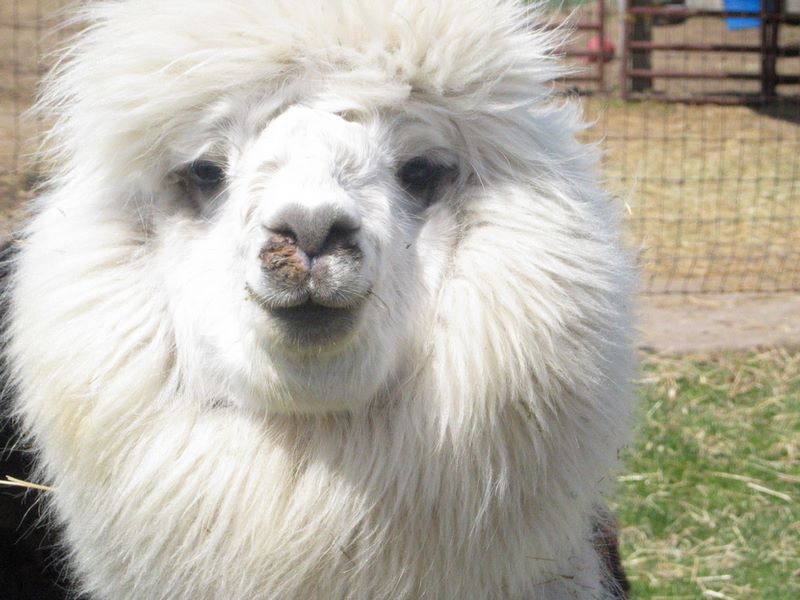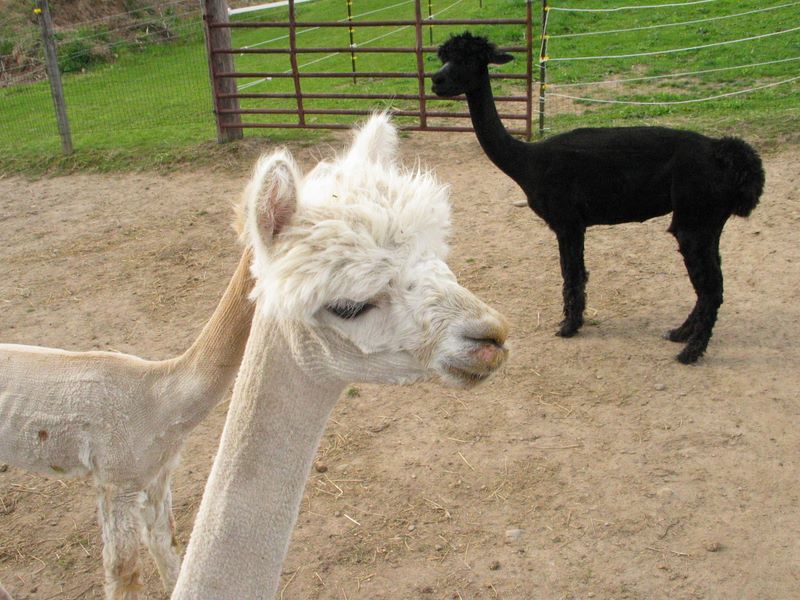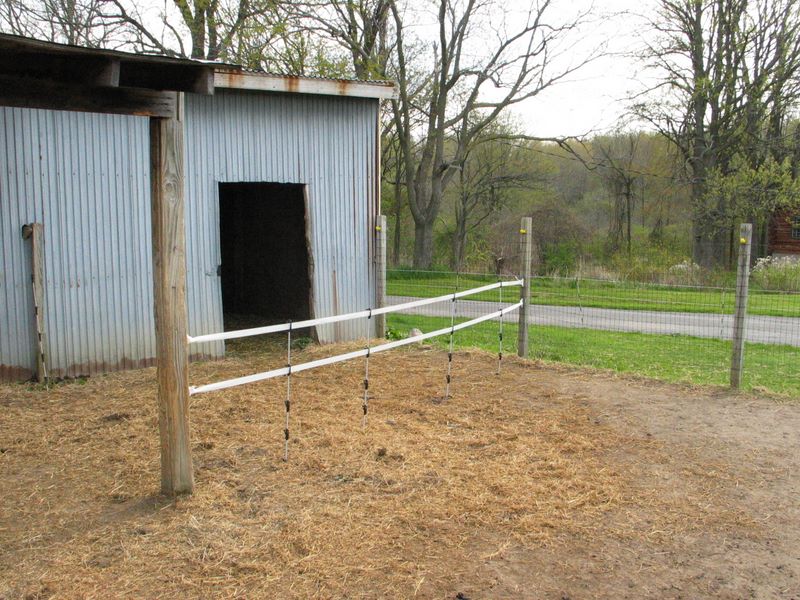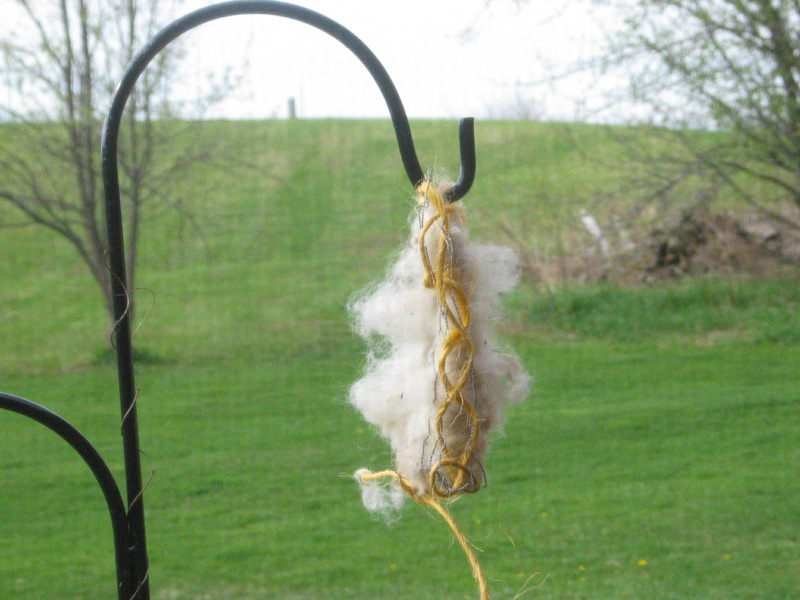One morning I noticed a crust on one of my female’s nose. It was pretty muddy so I figured it was caked on mud more than anything else. A couple of days later I looked at her nose again. Nope, it wasn’t mud but a really thick scab. Thinking maybe she got a cut I put anti bacterial ointment on it and turned her back out.
A day or 2 later I looked at her again. Now both sides of her nose had crusty scabs. Now I know it wasn’t a cut and was something else so I read up on skin problems in alpacas.
She ended up fitting the bill for Munge: Nasal Nyperkeratoxic Dermatitis and is common in alpacas under the age of 2. My girl Bella was just over 2 years. Causes for Munge aren’t really known nor are they sure which virus causes it.
What to look for:
Munge usually is found around the nose and mouth. The skin thickens up to a hard crust. The crust will split and either bleed or some puss will leak out.
Treatment:
Treatment is surprisingly simple and for my case very effective.
The Munge Cocktail as I prepared it:
– 60cc DMSO
– 10cc Ivermectin
– 100ml Gentamicin Piglet – No prescription required when using this strength
WEAR GLOVES!!!! DMSO allows the Ivermec and Gentamicin to penetrate skin. So when you mix this solution up and any time you handle it wear gloves.
Shake up the concoction thoroughly before each application. I soak a cotton ball in it and squeeze out the access. Catch your alpaca and dab the cotton ball on the affected area. Repeat every other day.
On off days use M-T-G. Shake thoroughly before each use. Again I use gloves and a cotton ball and dab it on the affected area. M-T-G is an oil product with Zinc. It softens up the scabs, assists in any zinc deficiencies and promotes hair growth.

Alpaca with munge: 1 week of treatment

Same alpaca after 2 weeks of treatment. Scabs are gone and skin is pink
and clear. Hair has not yet started to regrow.



